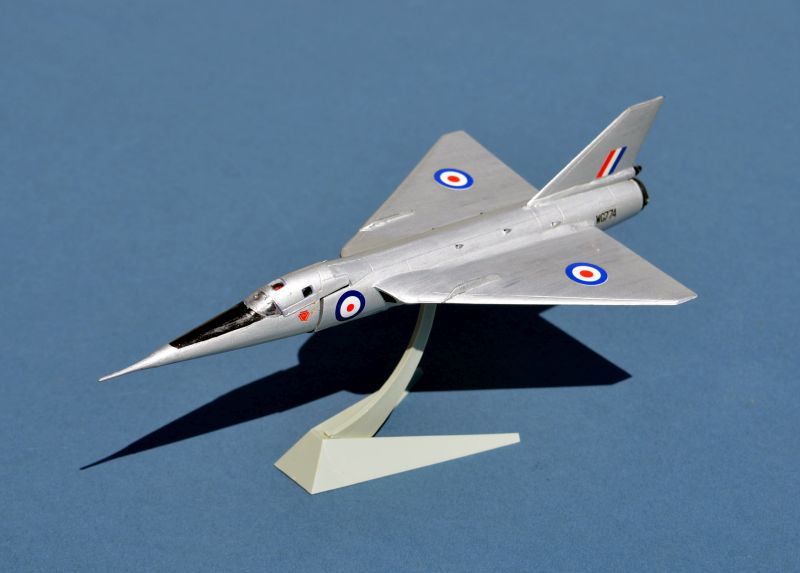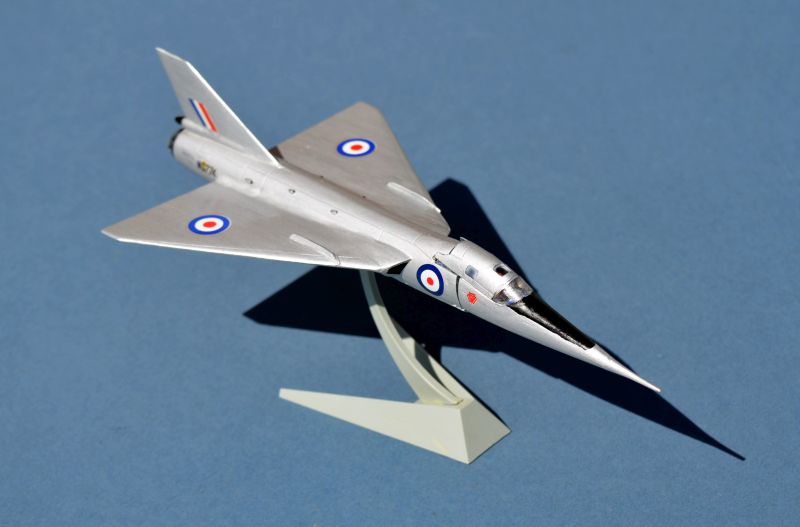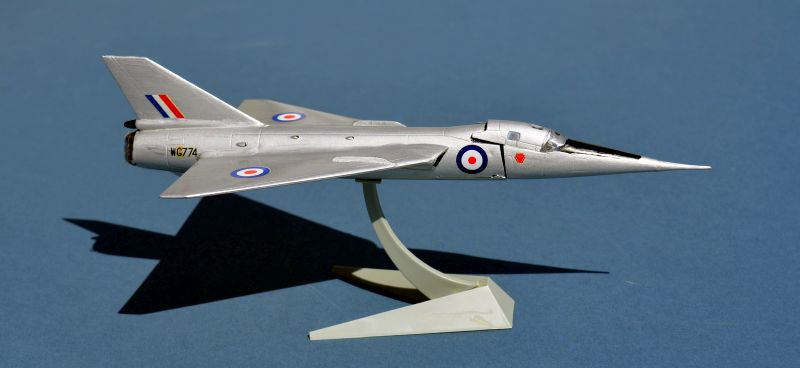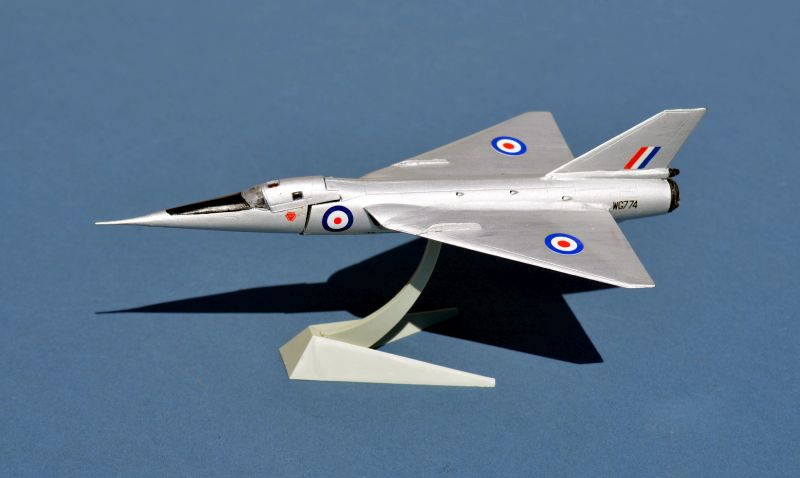The Sea Lightning was a genuine proposal from BAC for a swing-
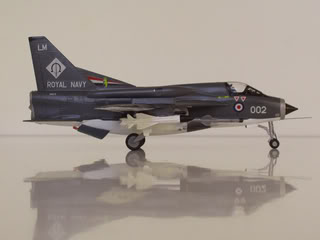
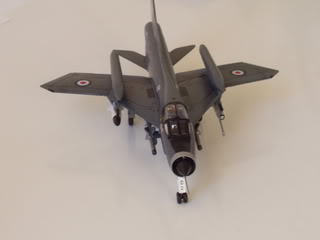
What a fantastic model -
Built entirely out of the box, using the superb included transfers for a "what if" rocket and jet powered interceptor aircraft, cancelled as a result of the infamous 1957 Duncan Sandys Defence Review, that could have served with 803 Sqn in the 1970s, based onboard the planned CVA01, HMS QUEEN ELIZABETH.
The SR177 was real, RAF & Foreign customers wanted it, and the manufacturing jigs were in place and ready to go, when the project was cancelled.
Isle of Wight based Saunders Roe produced the elegant and successful SR53 research
aircraft to prove the concept of a dual rocket/jet powered interceptor. Two prototypes
were produced; one suffered a fatal crash, thought to be the result of the instrument
panel breaking loose on take-
The Angel Interceptor was created by Film maker Gerry Anderson's Century 21 production
company for the successful 1960s Captain Scarlet sci-
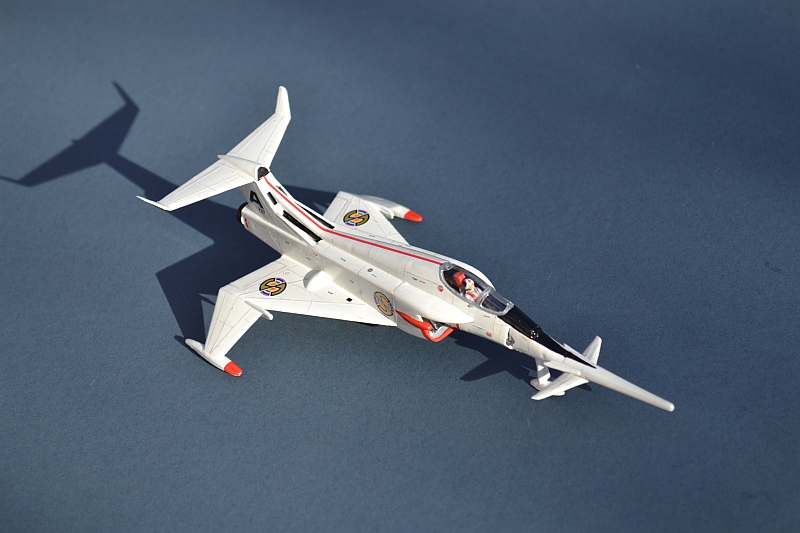

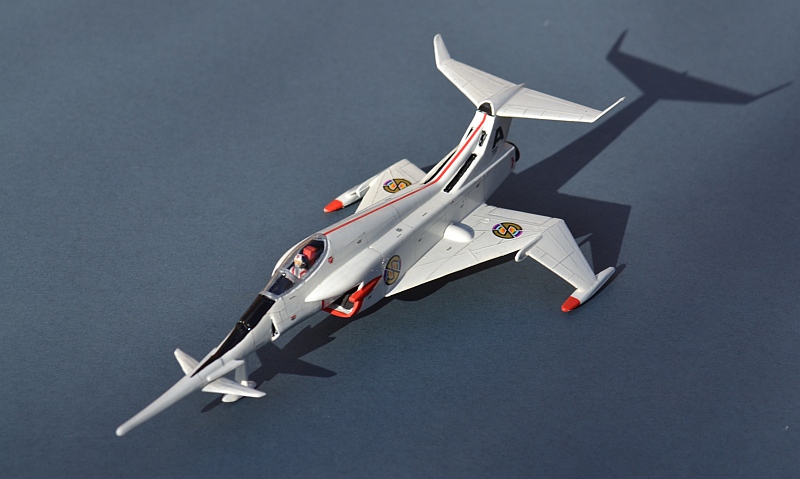
Project X Vacform, with scratch additions and decals from various sources Link to Model Build Page
The P.1154 was Hawker's original proposal for an in-
Although the RAF's single seater P.1154 was officially named Harrier before its cancellation,
the P.11154 RN was cancelled before it was named. Osprey was certainly one possible
option, although it might simply have been the Sea Harrier. Instead, a basic "operationalised"
version of the P.1127 became the GR.1 RAF Harrier that we all know, while the RN
received the excellent F-
But, What-
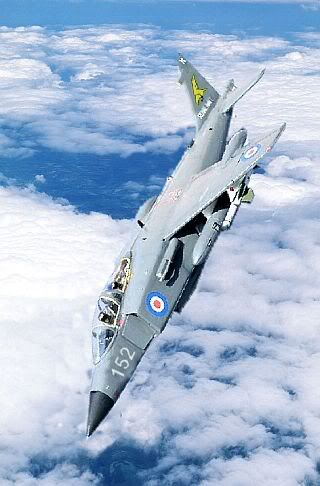
The planned replacement for the Sea Harrier and GR9. Based on the Revell X-
... and could this be the real thing?
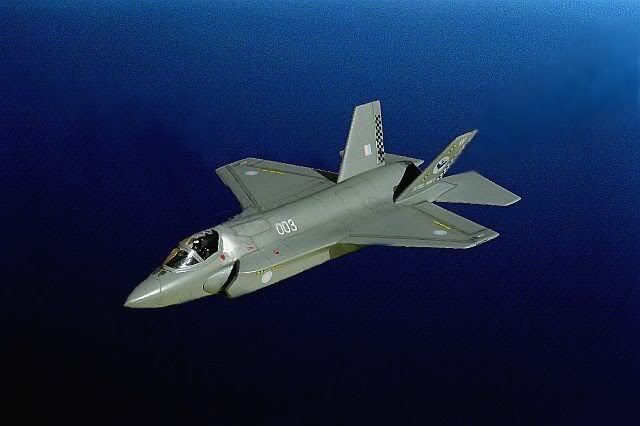
The losing contender in the JSF contest. Weird looking, isn't it! Italeri kit with surplus Sea Vixen and other markings.
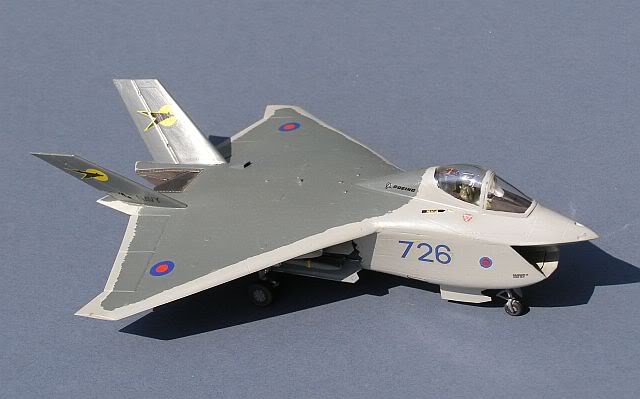
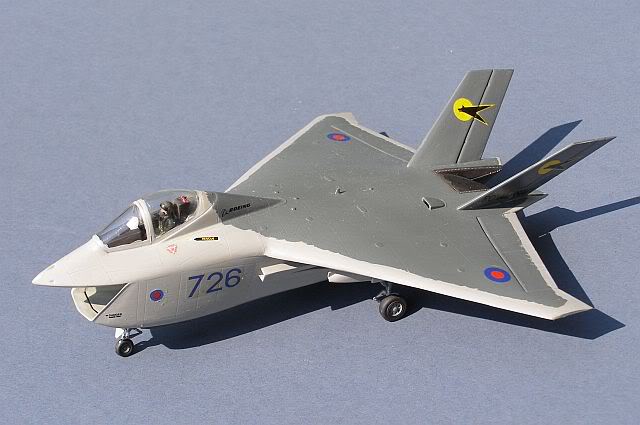
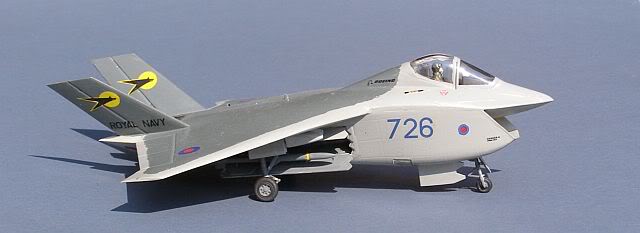
.... and what could be the real thing in the air?
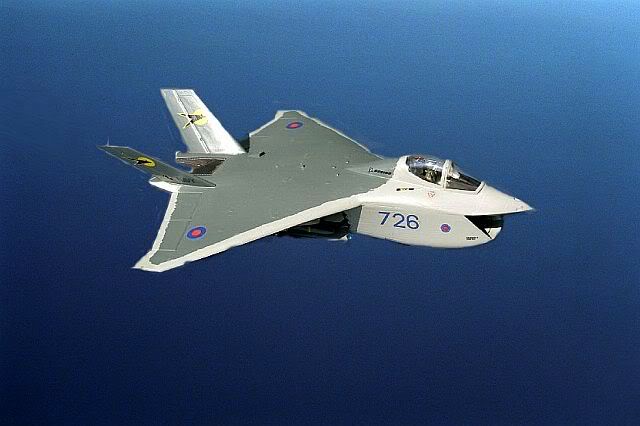
The Pogo was part of a USN programme to develop a VTOL fighter for use on small "carriers" and merchant ships (a bit like the Royal Navy's Hurricane Catafighters). Although it flew successfully, it was never a practical prospect and the concept was eventually binned as more capable conventional jet fighters rendered it obsolete. Photographs of the Pogo in flight usually show the canopy open; a reflection of the pilot's low confidence in the aircraft and its early ejection seat system. Only one pilot flew it untethered successfully; take off and steady flight were reasonable, but accurate and safe landing was particularly difficult. Operation afloat on the intended merchant ships and small carriers in high sea states would undoubtedly have been a challenge !
General Atomics MQ-
Those of you who take your modelling seriously may feel that I have lost the plot completely on this one, but it is not as fanciful as it may seem. Granted, the RN does not operate Predator UAVs, nor is it likely ever to do so (although the Maritime variant of the larger Reaper UAV is not beyond the bounds of possibility). Even if they did, the UAVs would probably be pooled with the RAF and Army (Joint Force UAV?), and certainly wouldn't be painted in the Fleet Air Arm's WW2 Temperate sea scheme of Sewage and Slime (Dark Slate Grey and Extra Dark Sea Grey topsides, with Sky undersides). But the kit supplied scheme is just so....well......grey!.
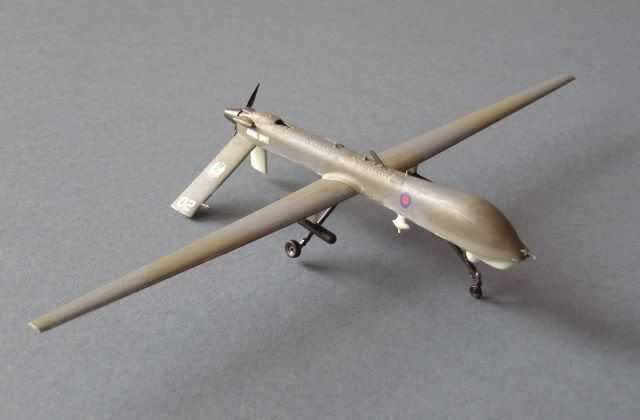
The Predator A and its much larger cousin, the Predator B or "Reaper" represent a
new generation in military aviation. Flown under local C-
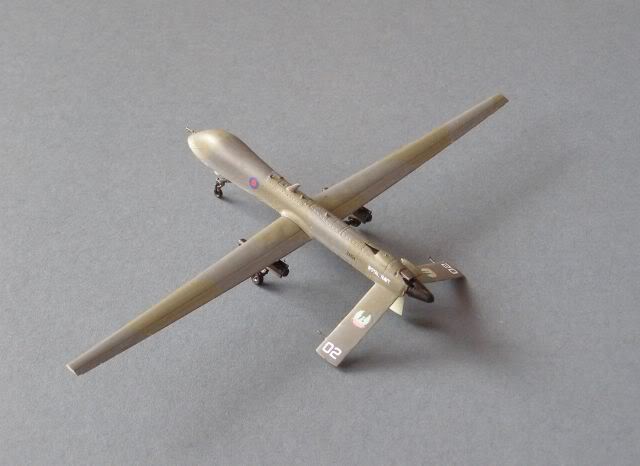
Just what the Royal Marines needed. I seem to have a penchant for backing the wrong horse in procurement competitions. The Apache has a much greater weapon carrying capability than the Tigre, so this one lost out. This is the rather basic Italeri kit, marked up with RM markings.
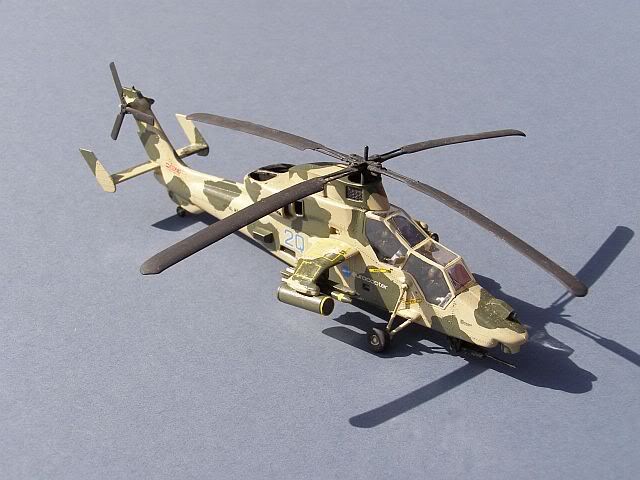
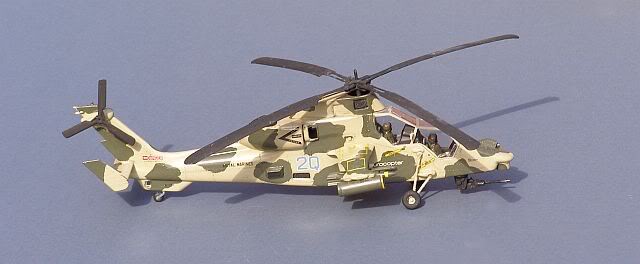
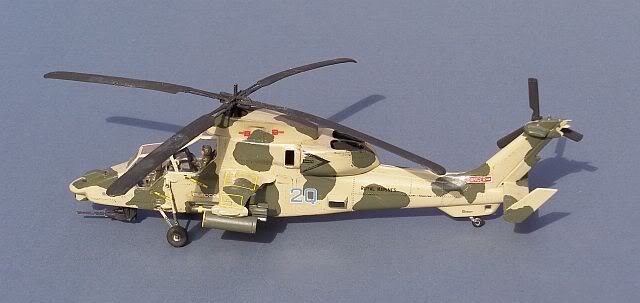
OK, it's really the Pegasus EAP. Not an easy kit to build. Hooked Eurofighters really were one of the fallback options for CVF, if JSF wasn't available. It was never really a practical proposition; the aircraft is very tail heavy, which is not ideal for carrier ops. Rafale would have been a better option, or Super Hornets if we were willing to compromise on capability.
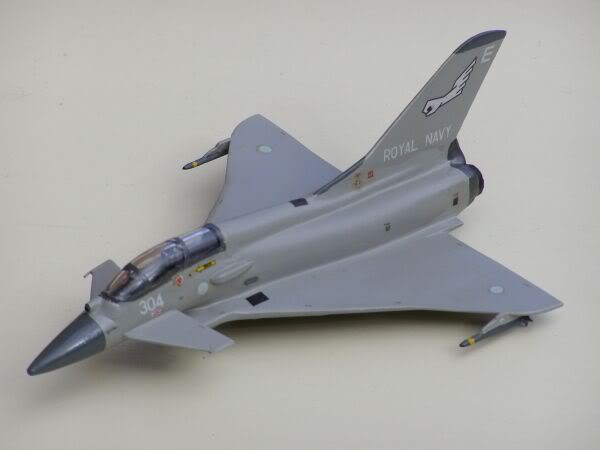
The Airfix P1127 was the first ever kit I built, back in the 1960s, and the start of a long lasting enthusiasm for the Harrier; of course, this one was built more recently than that, with far better decals than I remember (which represent the aircraft at the time of its famous trials on HMS ARK ROYAL).
Airfix's P1127/Kestrel kit is crude, ill fitting and inaccurate.....Ahhh, but the memories!
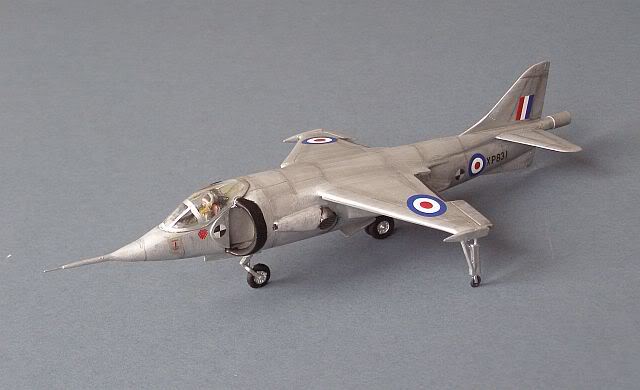
Frog's Delta is a simple, but surprisingly accurate kit of this iconic British aircraft.
Flown by (ex Fleet Air Arm Lt Cdr) Peter Twiss, on 10 Mar 1956 The Fairey Delta 2 achieved a new World Air Speed Record (1,132mph). Although it was a direct influence on Dassault's subsequent design for the superb Mirage fighter, bold Fairey plans to develop the concept for British service (e.g. the F155T) were yet another victim of the Duncan Sandys' Defence Review.
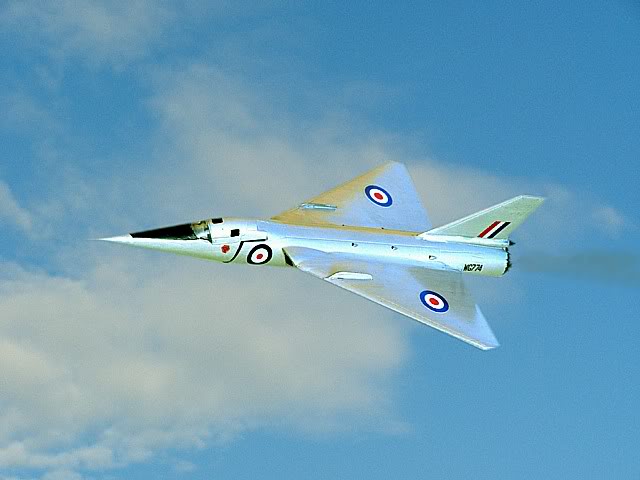
This aircraft, WG774 (the other was WG777) was later absorbed into the Concorde programme
and rebuilt as the BAC221 to trial the configuraton of Concorde's ogive-
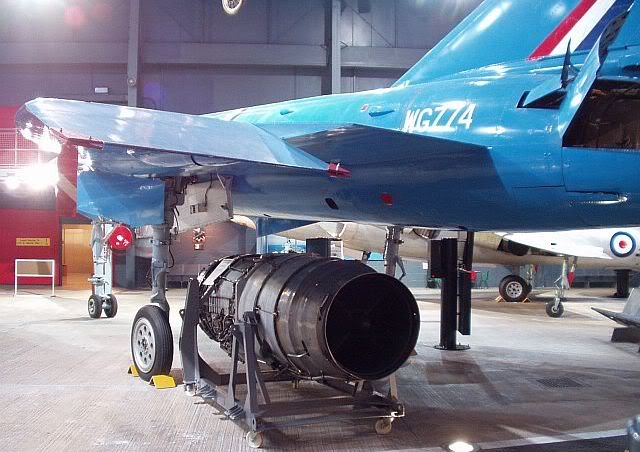
Yeovilton BAC221 (ex FD2 WG774)
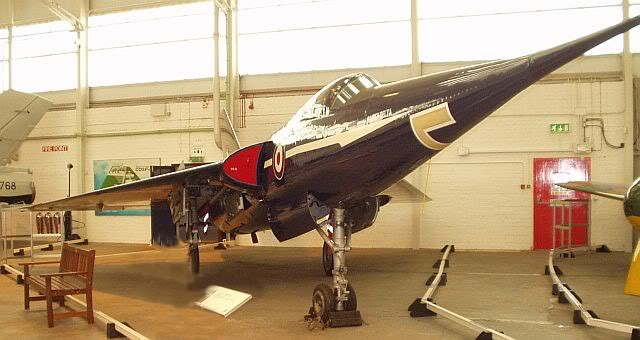
AZ 1/72 Spiteful modified. The planned main production variant of the Seafang would have been the Mk.32 with contrarotating props and folding wings, but to enable early entry into service, the initial Mk.31 was a basic version, essentially a Spiteful with a hook.
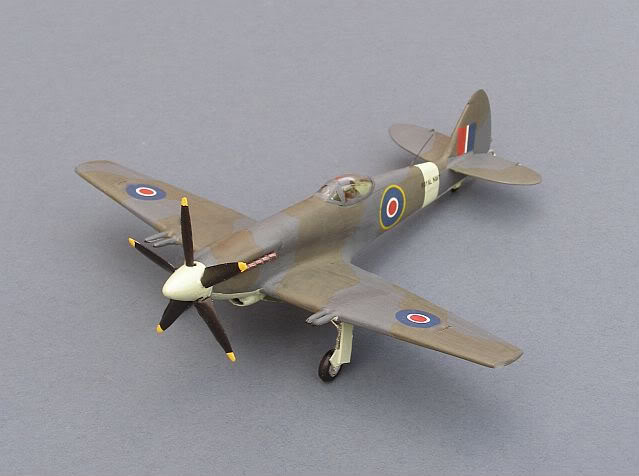
The Seafang and Spiteful were the last gasp of the Spitfire line. By 1943 it was
evident that the Spitfire airframe had reached its physical limits, so Supermarine
began work on an advanced wing to allow far higher speeds. The laminar flow wing
was thinner, with a sharper leading edge and with its thickest part further aft.
By allowing the air to flow around the wing with less turbulence, drag would be reduced
and the top speed of the aircraft would increase. At the same time, the overall shape
and construction of the wing were simplified, overcoming a long lasting production
limitation of Mitchell's original Spitfire wing design. A new fuselage was also designed,
with a lower nose overcoming the visibility issues that the longer Griffon engine
had brought, whilst a larger tail unit restored the longitudinal stability lost with
the more powerful engine and the bubble-
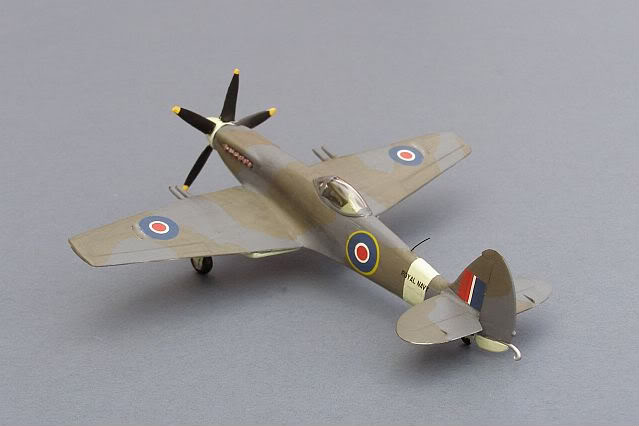
The Spiteful and Seafang were modestly successful and were certainly very fast, although the new wing showed some undesirable characteristics when approaching a stall. None of these were significant issues for such a radical design and could have been overcome in time, but the end of the war, the emergence of jet technology, plus the success of the rival Hawker Fury/Sea Fury and Seafire 45/47 designs, meant that further development of the aircraft was halted after only 19 had been built.
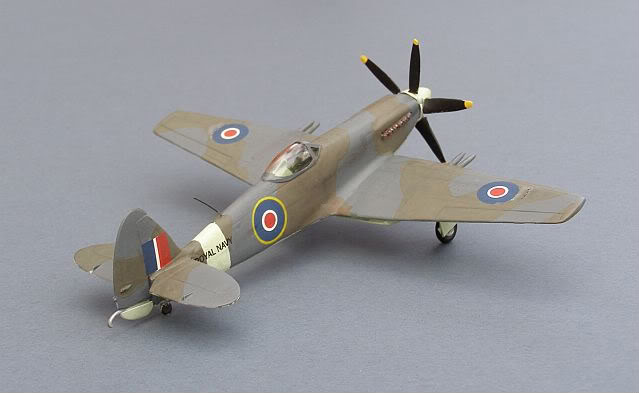
Nevertheless, the advanced laminar flow Spiteful wing did eventually see active service, evolving into the awkward looking Supermarine Attacker, the Royal Navy's first operational jet fighter.
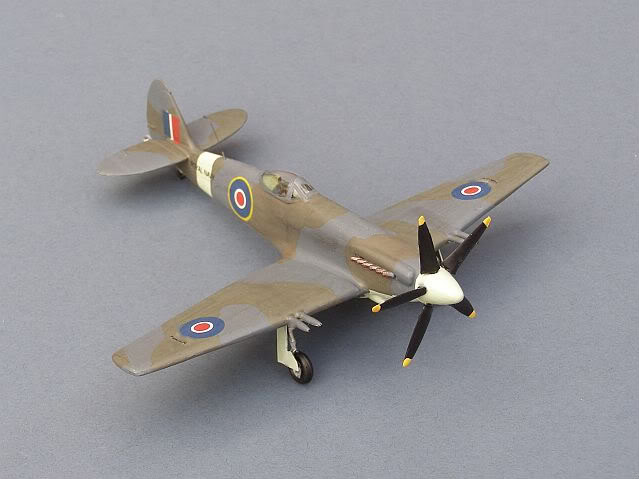
PM out the box. A very simple, kit, but an easy and enjoyable build. Link to Model Build Article
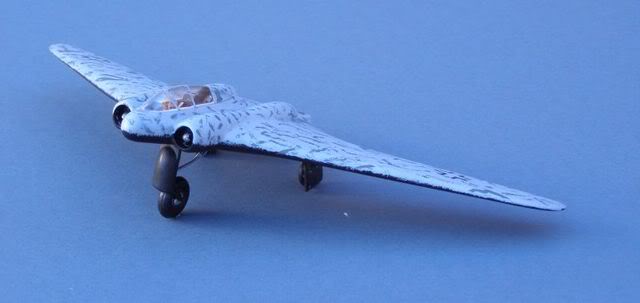
This kit represents the V7 radar equipped night fighter design that was never built, although PM and Revell also do a kit of the single seat day fighter/bomber.
The Horten Brothers were highly regarded designers of gliders in the 1930s, who specialised in low drag flying wing designs. In 1943 they presented several radical flying wing designs for jet powered long range Luftwaffe bombers. One of these designs, the Horten IX, was accepted by the Reichs Luft ministry (RLM) and passed to the Gotha company for development and manufacture.
Initial prototype flight testing of the Ho-
It remains doubtful that it would have been a success in the fighter role, as a basic
limitation of the flying wing layout is a lack of lateral stability -
The Horten flight prototypes and designs were captured by advancing US troops in
1945 before they could be put into volume production -
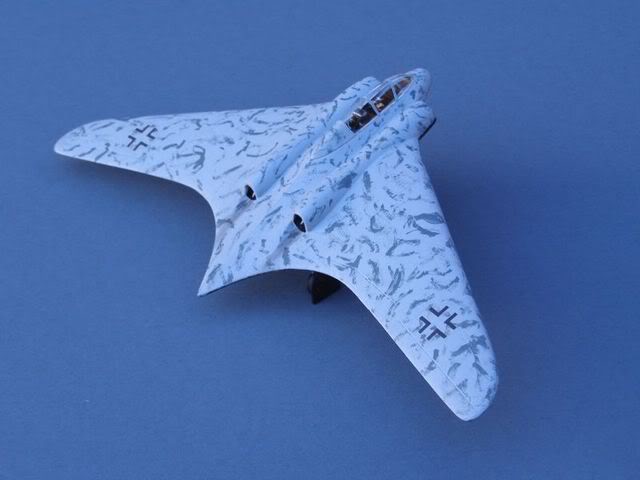
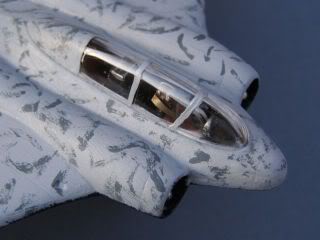
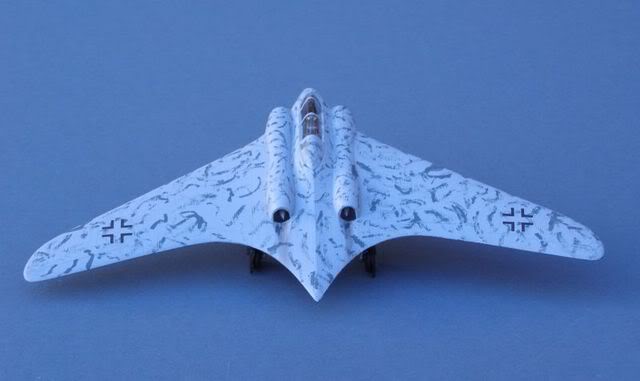
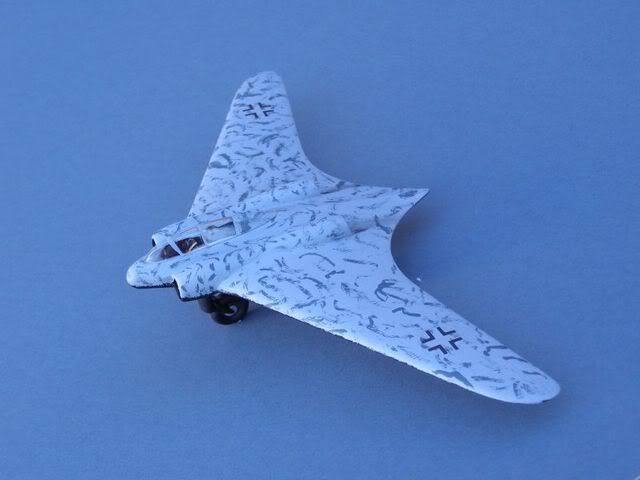
Of course, a proper WHIF build needs to have an imaginative back story to place it
in context -
And here are a few good links for information and pictures of the real thing!
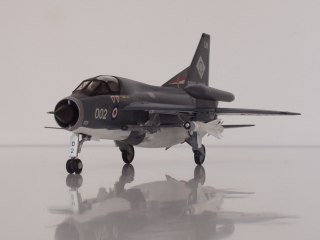
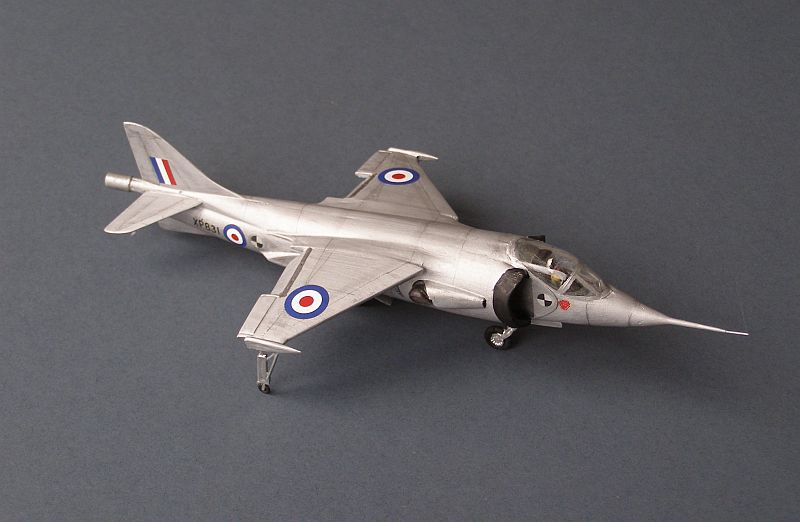
Cosford FD2 (WG777)
Hasegawa with speculative markings.
In the late 1980s, Westland Helicopters were struggling to stay in business. Having
worked with Sikorsky in the past (the Dragonfly, Whirlwind, Wessex, & Sea King were
all based on Sikorsky designs) they began to forge even closer links with the US
firm and its owner United Technologies. As part of this arrangement, Westland gained
the European manufacturing rights to the S-
However, Westland's efforts met with strong opposition -
In the end, the WS-
But events could have taken a different turn..................................
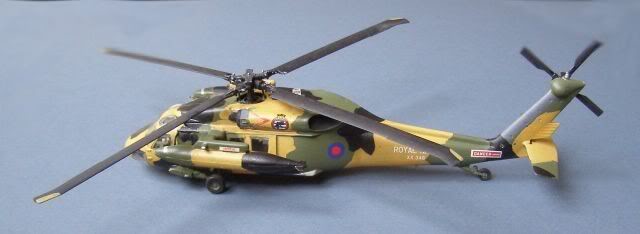
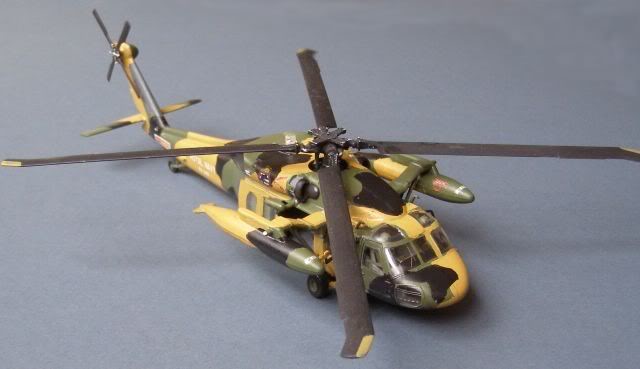
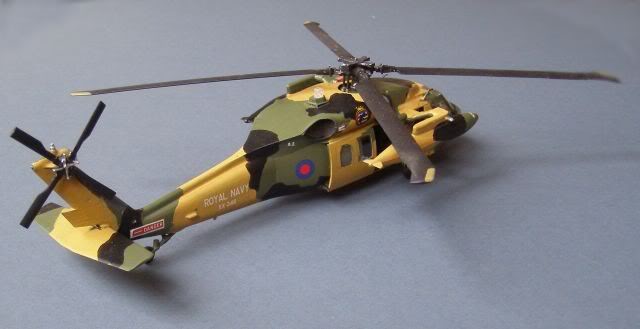 Return to What-if Index
Return to What-if Index
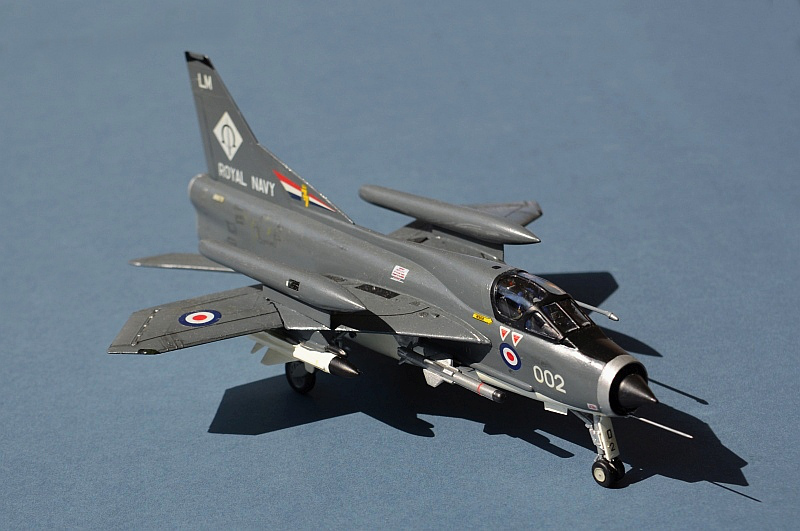
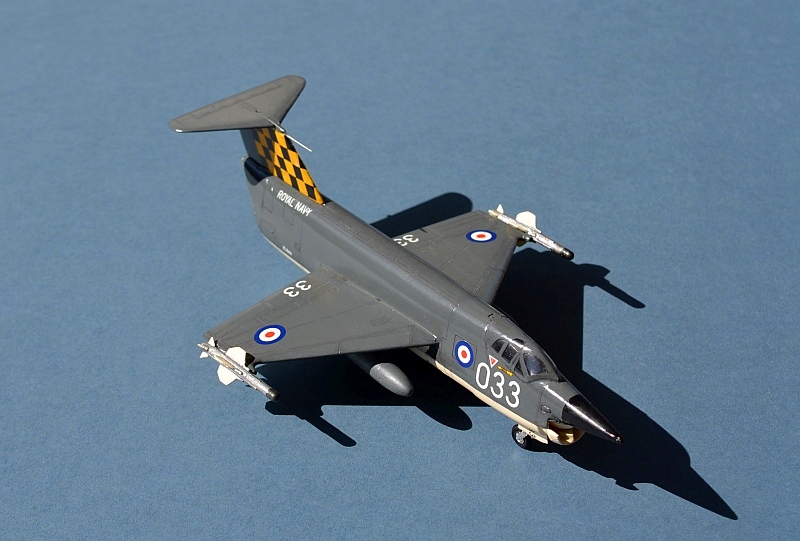
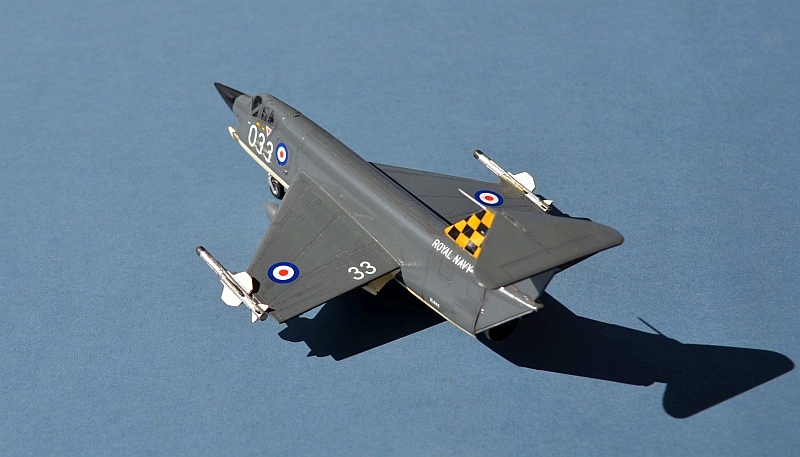
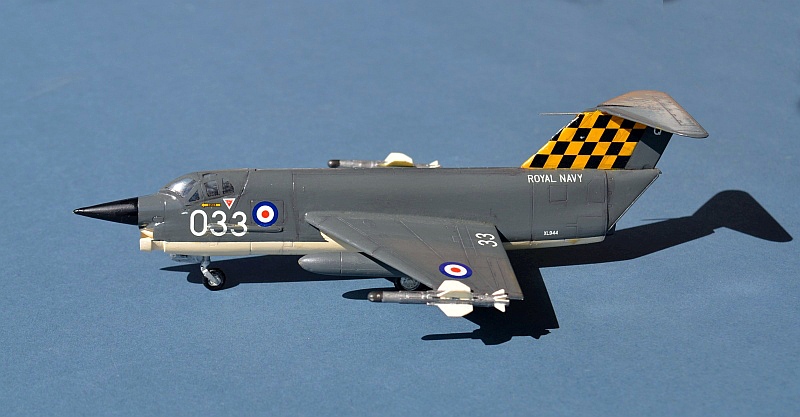
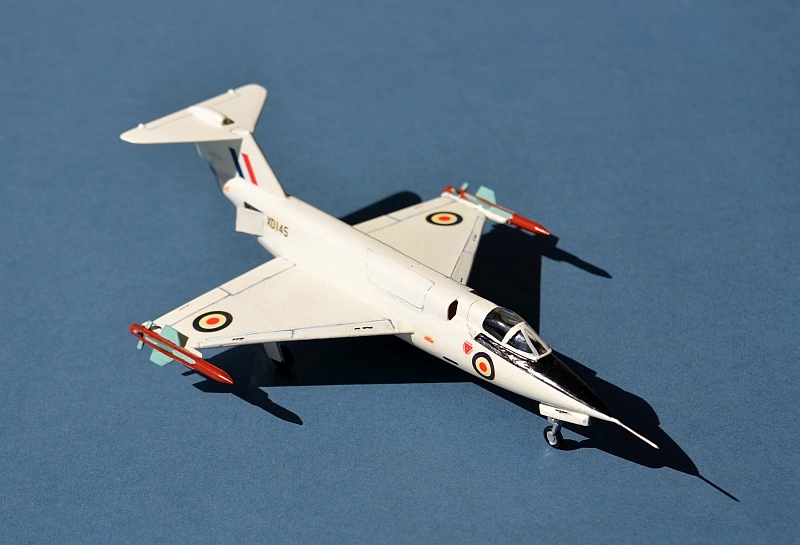
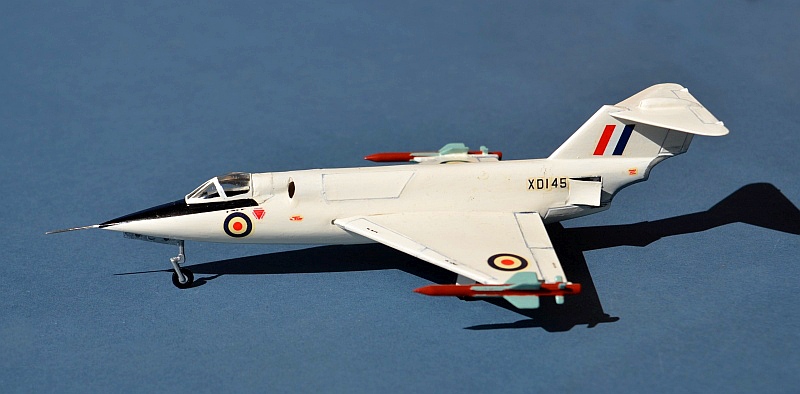
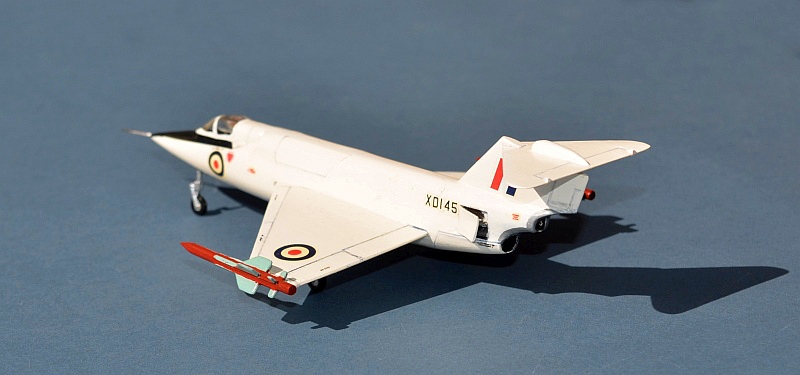
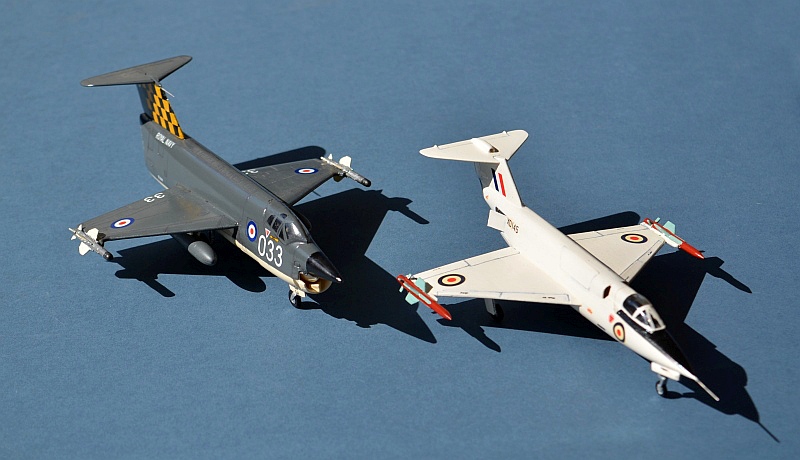
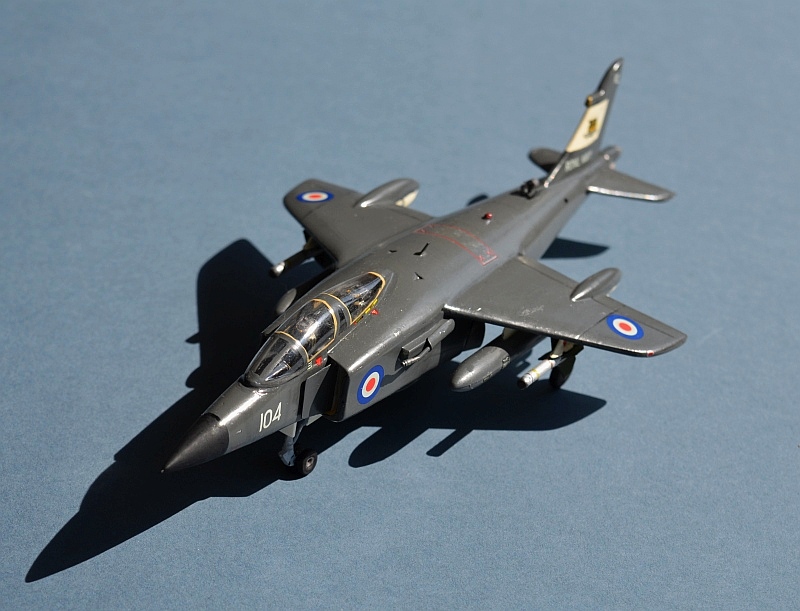
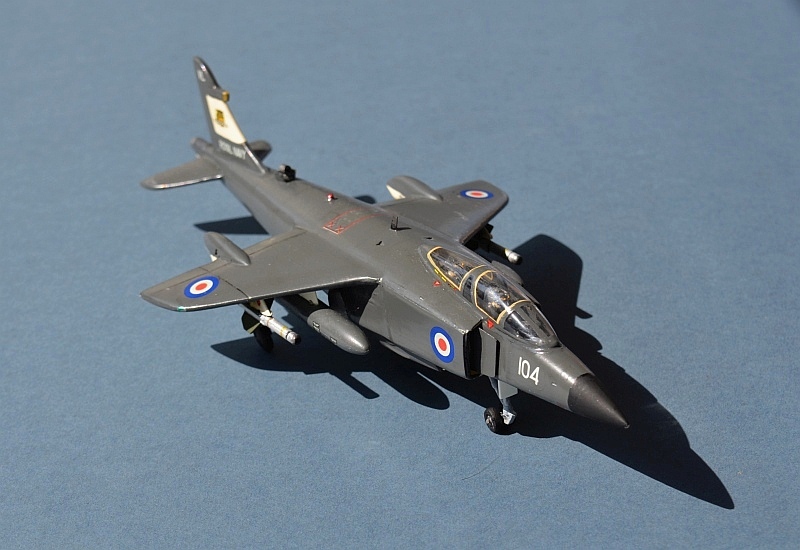
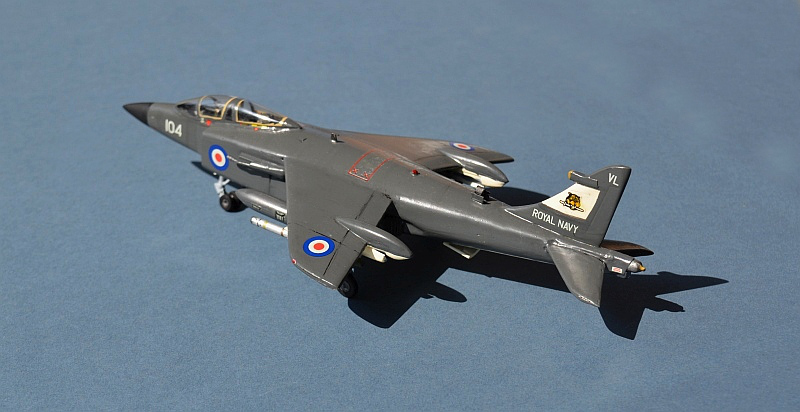
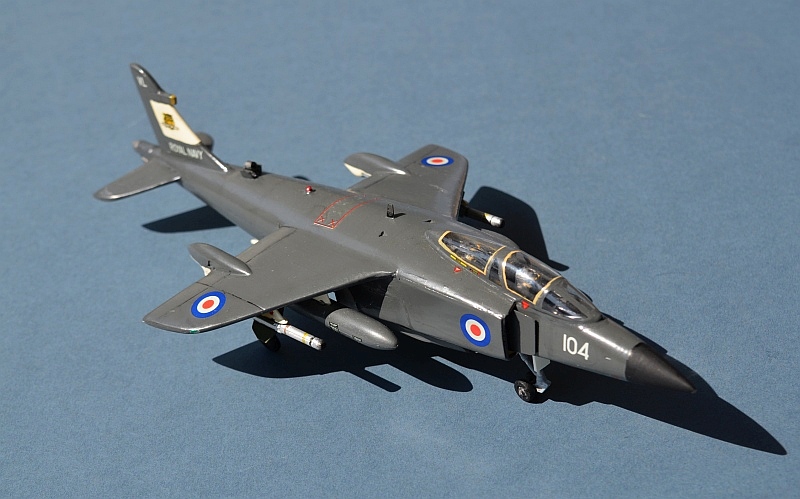
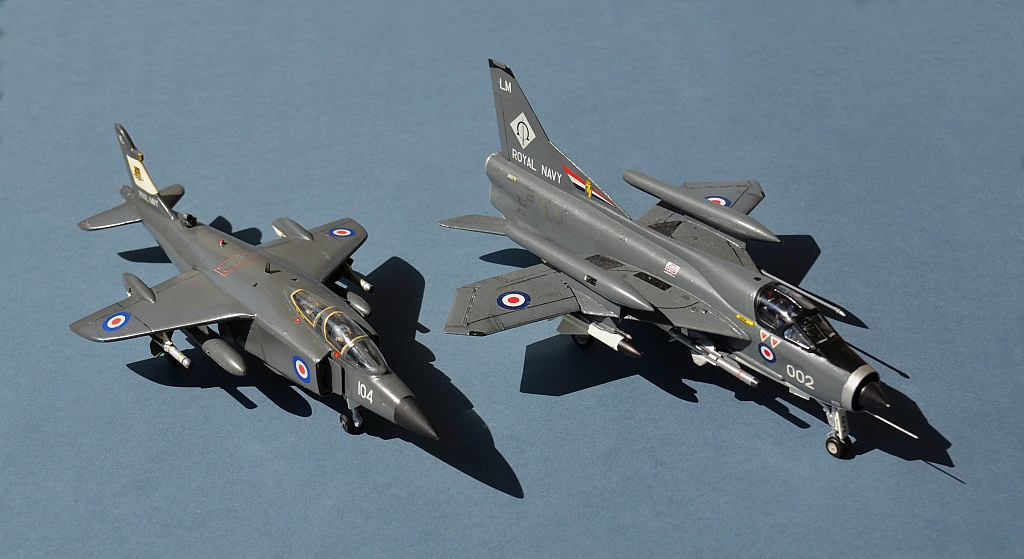
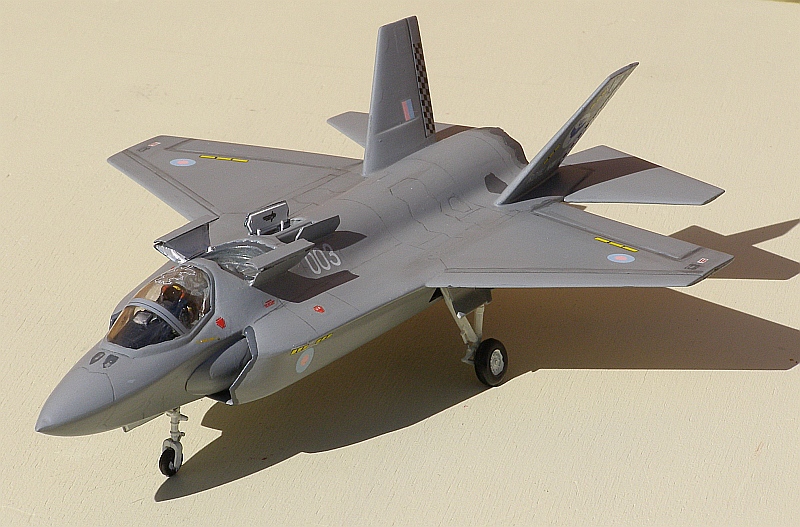
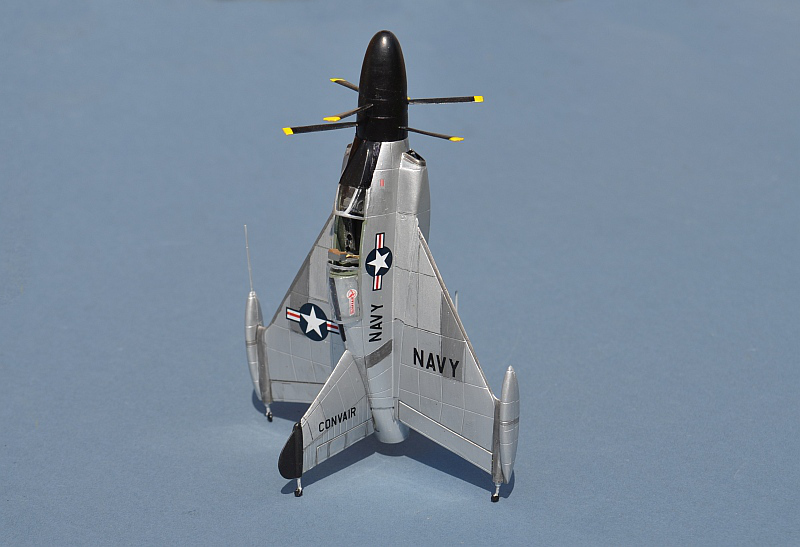
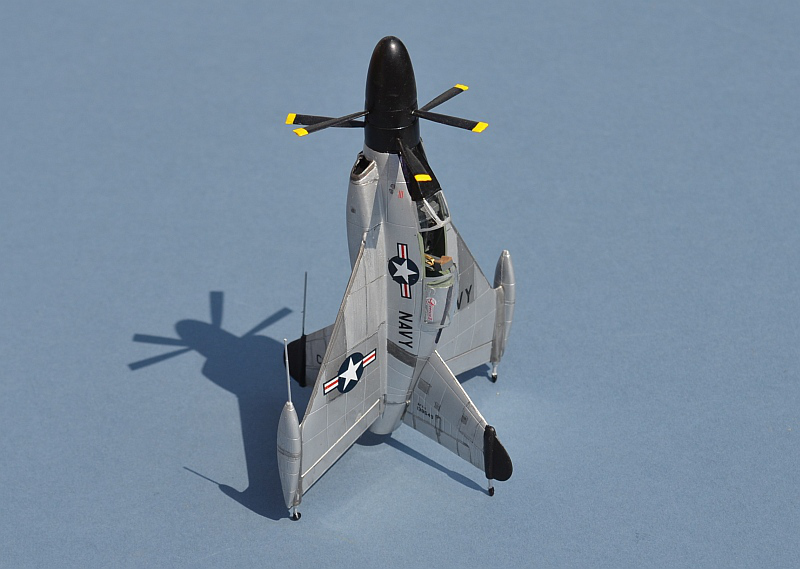
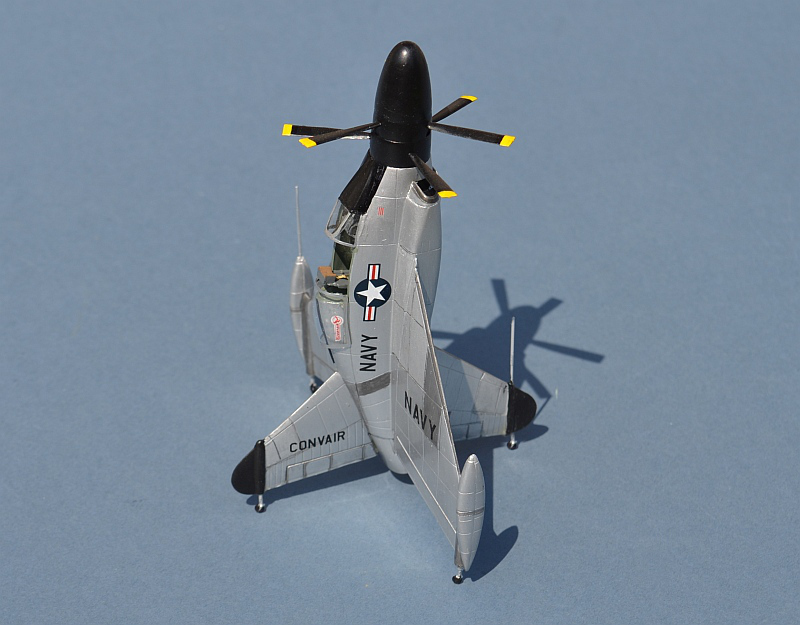
http://jpcolliat.free.fr/ho9/ho9-
The Lippisch P.13a was planned as a ramjet powered supersonic interceptor. As aviation fuel was in very short supply in Nazi Germany at the end of the war, it was intended to power the ramjet with powdered coal and an experimental engine design was successfully demonstrated by German engineers, although it is not clear how the aircraft would have been accelerated to the high speeds that would have been needed for the ramjet to start.
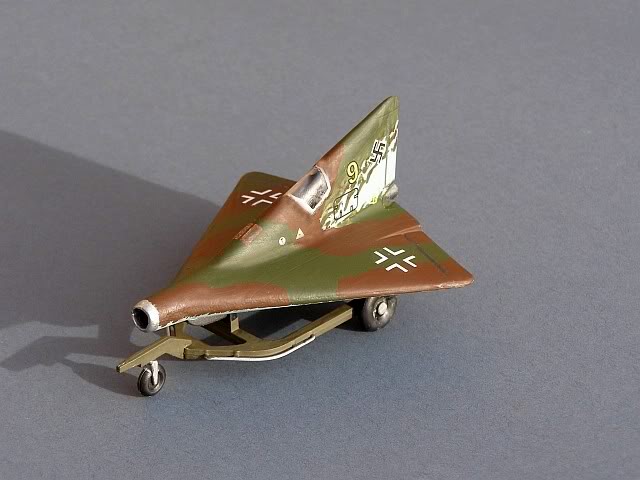
The war ended before the P.13a progressed beyond the drawing board and a few glider models, but its designer, Alexander Lippisch was taken to work for the US after the war and the influence of his designs can be clearly seen in several Convair and NASA aircraft.
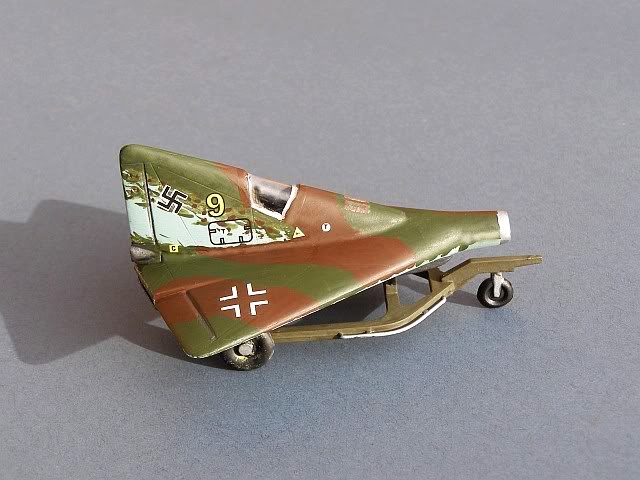
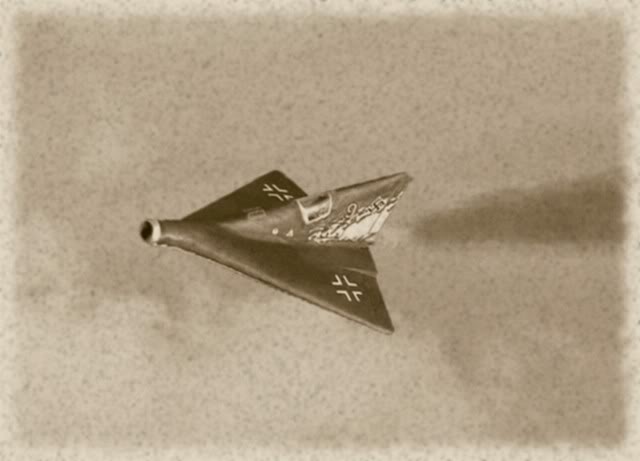
Project X Vacform, with scratch additions and decals from various sources Link to Model Build Page
The P.1121 was Hawker's proposal for a Mach 2.5 Interceptor /Strike aircraft with
a similar role to the F-
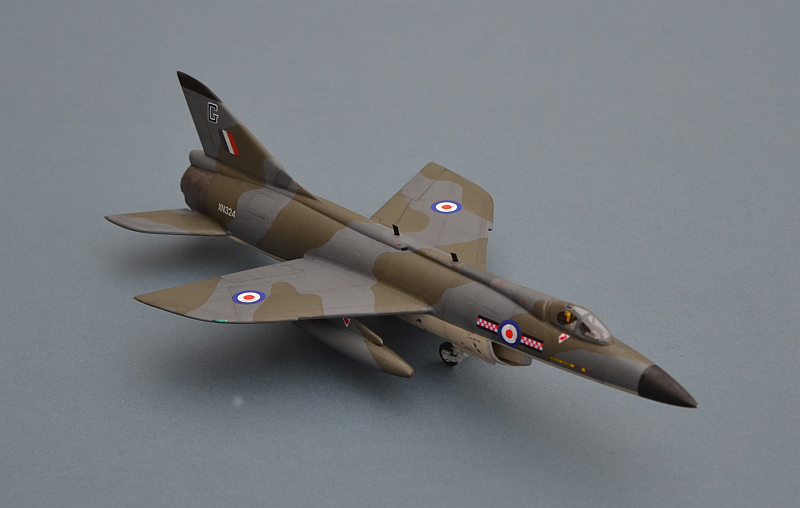
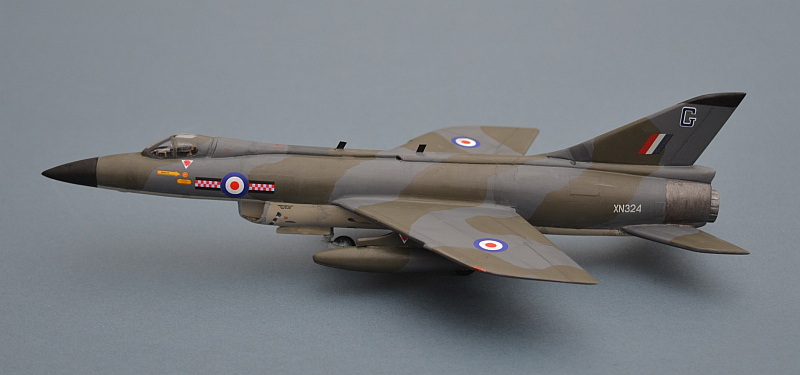
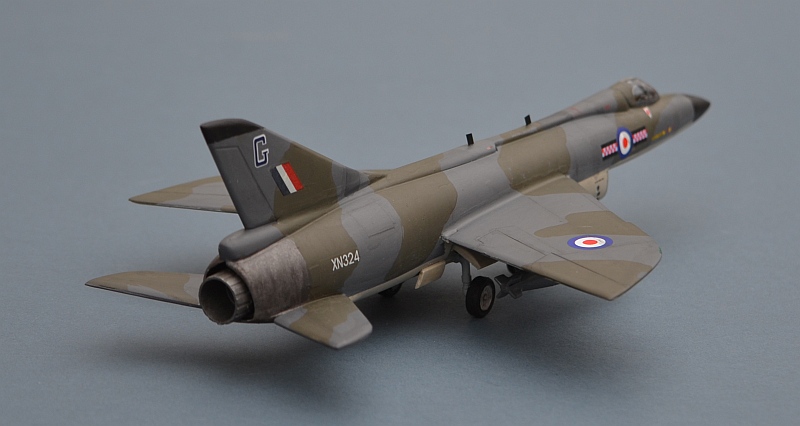
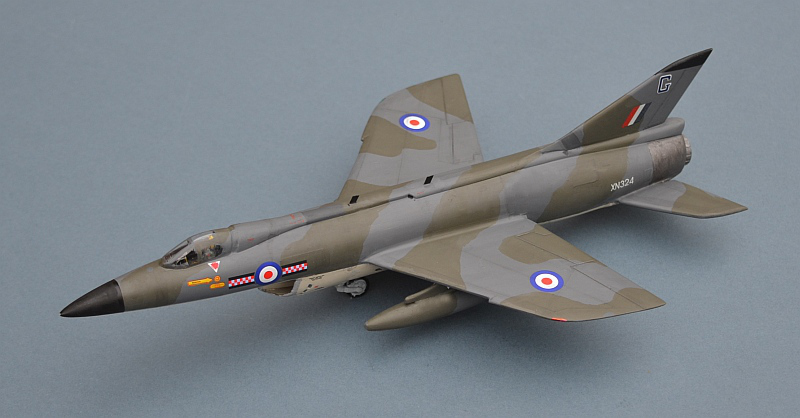
www.gengriz.co.uk
